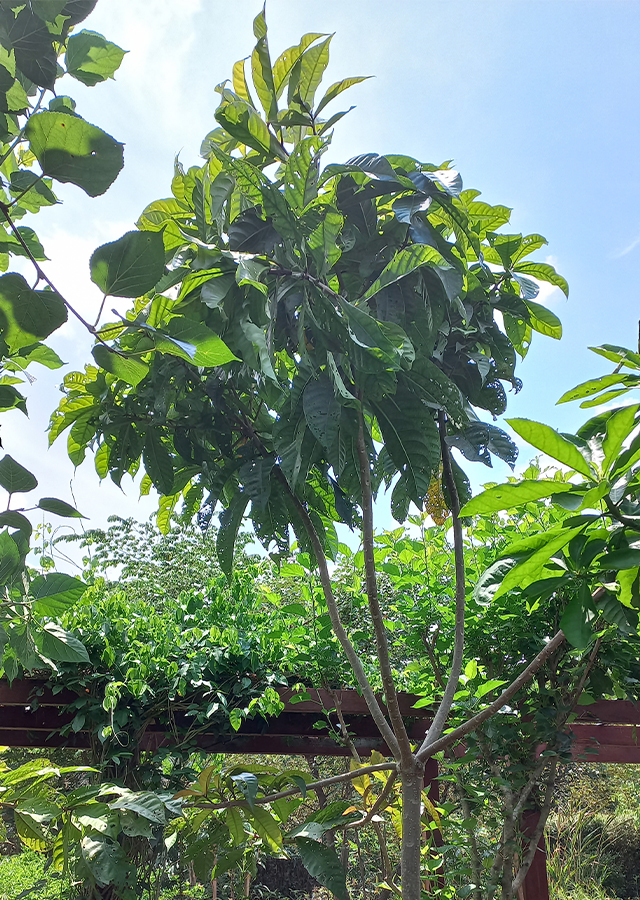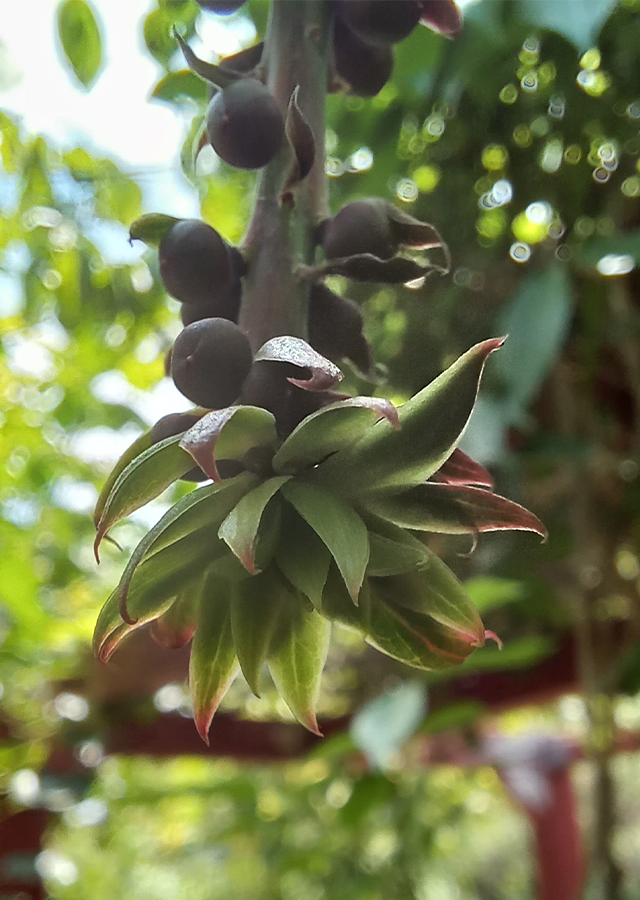Traditional Herbs from Planchonia valida
treating_stomach_ache
- Prepare young leaves and the stem bark, wash them thoroughly.
- Boil until boiling.
- Let it warm/cool.
- Strain then drink.
treat_itchy_skin_disease
- Prepare enough putat leaves, wash them until clean.
- Crush them until they become a paste.
- Apply the leaf paste on the itchy skin.
What is Planchonia valida Looks like??



Parts of Planchonia valida that could be used
- Leaves
- Bark
- Roots
Planchonia valida Distribution
Putat or Planchonia valida is a plant from the Lecythidaceae family that originates from the Malay Peninsula, Indonesia (Sumatra, Java, Nusa Tenggara, Kalimantan, Sulawesi, Maluku), Papua New Guinea to the Nicobar Islands. This plant is widely used by local people as an ingredient in traditional medicine and is believed to be able to overcome various disease complaints, one of which is skin disease (itching). Apart from that, putat is also valued by local people because of its strong wood and is widely used in the construction of wooden buildings and ships. The young leaves are also often consumed by people as vegetables (lalapan).Agroecology of Planchonia valida
The natural habitat of putat plants is generally found growing in damp areas, in undisturbed mixed dipterocarp forests at altitudes up to 300 m above sea level or more. It mostly grows on hillsides and ridges, but is also found along river banks, and alluvial sites. Putat plants like places with average annual rainfall ranging from 1,100 mm to 3,800 mm.
Morphology of Planchonia valida
- Taproot.
- Straight, unbranched stem up to 20 m, rough bark, brownish green, while older trees have grayish brown bark. The bark is very strong.
- Single leaves, green , but most of them are orange or red to brown when old and after drying they fall off, the young leaves (shoots) are green, the first leaves always grow like scales, then they are in pairs, the leaves are spread out, on a stem. Leaf blade the first is elliptical, narrow-ovate, narrow, oval, the second leaf blade and then the second leaf-shaped, melanose, leaf length is about 3 - 6.5 cm and width 1 - 2.5 cm, the base of the leaf is sharp, the tip of the leaf forms a tail, the edge The leaves are serrated and often asymmetrical. The number of side leaf veins is 7-9.
- The flowers are arranged in racemes up to 13.5 cm long. The flowers are red light, red, to white with conspicuous stamens.
- Berries, ovate to ellipsoid, pale green, about 6 cm long.
- Seeds are ovoid.
Cultivation of Planchonia valida
Plant propagation by seeds.
Planchonia valida, more details :
Chemical Content of Planchonia validaAlkaloids, flavonoids, tannins, saponins and steroids.
Benefits of Planchonia valida
Treats skin diseases (itching), diarrhea, internal wounds, aches and pains, blood booster, increases stamina, postpartum bath water mixture, cold powder mixture to protect skin from sun exposure (when in the fields) and removes spots black on the face.
Simplisia of Planchonia valida
- Prepare sufficient fresh shoots of putat leaves, wash thoroughly with running water.
- Chop the leaves.
- Dry in the sun or in an oven at a temperature\u00a040\u00b0C until the moisture content\u00a010%.
- Blend it using a blender until it becomes powder.
- Store in a clean and airtight container.
Another Facts for Planchonia valida :
Synonym of Planchonia validaGustavia valida (Blume) DC., Pirigara valida Blume, Planchonia alata Blume
Habitus of Planchonia valida
Tree. Large, annual tree, can reach 55 m in height, with a trunk diameter of about 1.25 m
Habitat of Planchonia valida
- Riverside", "Forest", "Mountains
No comments:
Post a Comment